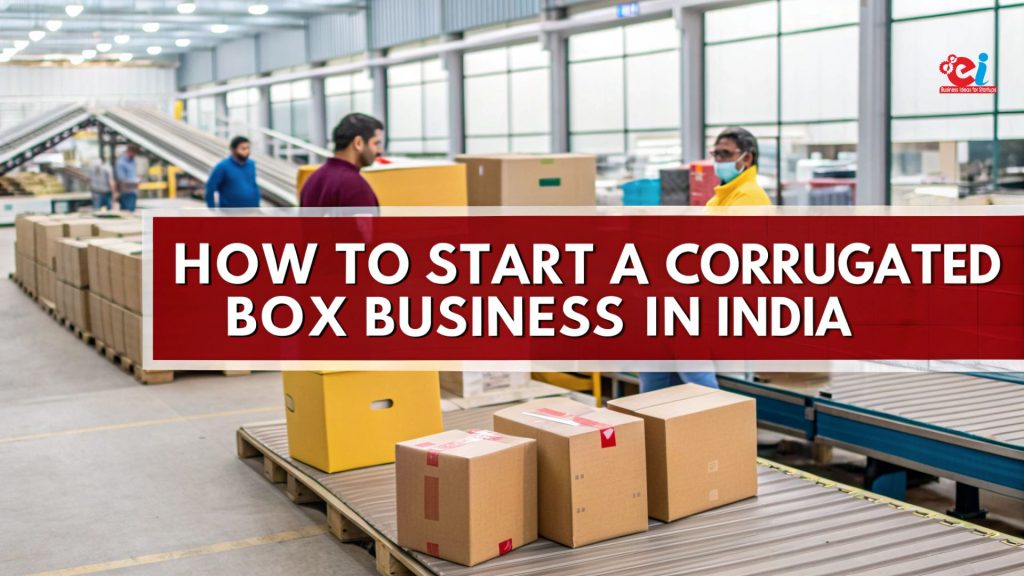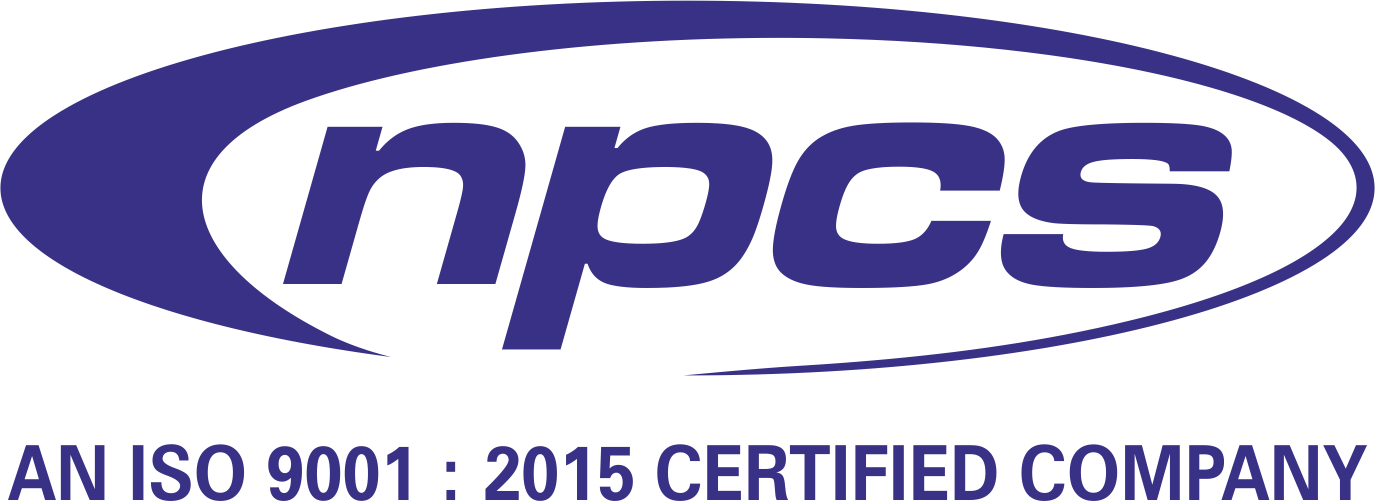The recycling of lithium-ion batteries has become a crucial topic in today’s energy and environmental landscape. As the world shifts towards electric vehicles (EVs), renewable energy storage systems, and portable electronics, the demand for lithium-ion batteries has skyrocketed. However, this rapid growth has also created a massive waste management and resource scarcity challenge.
With the average life of a lithium-ion battery ranging from 5 to 10 years, millions of batteries will soon reach their end-of-life phase. Recycling them not only helps recover valuable metals like lithium, cobalt, and nickel but also reduces environmental pollution and dependency on virgin raw materials. The global lithium-ion battery recycling market is projected to reach USD 18 billion by 2030, highlighting its immense growth potential and importance.
Read our Books Here: Battery Production, Recycling, Lithium Ion, Lead-Acid Batteries
Understanding Lithium-Ion Batteries and Their Components
A lithium-ion battery typically contains a complex mix of chemicals and components that include:
-
Cathode (Lithium Cobalt Oxide, NMC, or LFP)
-
Anode (Graphite or Silicon)
-
Electrolyte (Lithium salts in organic solvents)
-
Separator
-
Aluminum and Copper foils
Each of these materials can be either hazardous or valuable, making battery recycling a process that must be both safe and economically viable.
1. Why Is Recycling Lithium-Ion Batteries Important?
a. Environmental Impact
Improper disposal of lithium-ion batteries can lead to soil and water contamination due to the presence of toxic metals. Burning or landfilling them poses serious health risks and contributes to environmental degradation.
b. Resource Recovery
Materials like cobalt, lithium, manganese, and nickel are finite and concentrated in a few countries. Recycling helps reduce dependence on mining and lowers geopolitical and supply chain risks.
c. Energy Savings
Extracting metals from used batteries consumes significantly less energy compared to traditional mining. For instance, recycled lithium requires up to 90% less energy than newly mined lithium.
d. Cost Reduction in Battery Manufacturing
Recycled materials can be reused in new batteries, lowering production costs and supporting a more circular economy in the EV and electronics industries.
Read Similar Articles: Battery Projects
2. Types of Lithium-Ion Battery Recycling Techniques
There are three primary methods used in the recycling of lithium-ion batteries:
a. Pyrometallurgy (High-Temperature Smelting)
-
Batteries are incinerated to recover metals like cobalt, nickel, and copper.
-
Lithium and aluminum are usually lost in the slag.
-
Simple but energy-intensive and less environmentally friendly.
b. Hydrometallurgy (Chemical Leaching)
-
Uses acid or base solutions to dissolve metals from shredded batteries.
-
Offers high recovery rates of lithium, cobalt, manganese, and nickel.
-
More environmentally sustainable but complex to operate.
c. Direct Recycling
-
Recovers and rejuvenates the cathode and anode materials without breaking them into elemental forms.
-
Preserves battery structure and composition.
-
Emerging technology with great promise for cost-effectiveness and efficiency.
3. Stages in the Lithium-Ion Battery Recycling Process
-
Collection & Transportation
-
Batteries are collected from EVs, consumer electronics, and energy storage systems.
-
Proper labeling and handling are essential due to fire risk.
-
-
Discharging & Dismantling
-
Batteries are safely discharged to prevent thermal runaway.
-
Modules are dismantled into cells and components.
-
-
Mechanical Processing
-
Crushing and shredding to separate plastic, metal casings, and “black mass” (active material).
-
-
Chemical Processing
-
Black mass is chemically treated to extract lithium, cobalt, nickel, and manganese.
-
-
Purification & Precipitation
-
Metals are purified and converted into battery-grade salts (e.g., lithium carbonate, cobalt sulfate).
-
-
Reuse in Battery Manufacturing
-
The recovered materials are supplied to battery makers to produce new lithium-ion cells.
-
4. Applications of Recycled Battery Materials
-
EV Battery Production: Recycled materials like cobalt and lithium are reused to manufacture new EV batteries.
-
Consumer Electronics: Batteries in phones, laptops, and tablets can incorporate recycled anode/cathode material.
-
Energy Storage Systems: Recycled components are used in grid-level or industrial battery systems.
Related Feasibility Study Reports: Battery Projects
5. Global Players in Lithium-Ion Battery Recycling
Several companies and startups around the world are leading the way in battery recycling innovation:
| Company | Country | Specialty |
|---|---|---|
| Redwood Materials | USA | Hydrometallurgy & direct recycling |
| Li-Cycle | Canada | Closed-loop battery recycling |
| Umicore | Belgium | Pyrometallurgy-based metal recovery |
| Attero Recycling | India | Hydrometallurgical recycling of e-waste and batteries |
| Glencore | Switzerland | Metal recovery and supply chain integration |
India has seen growing participation in this sector, especially with government mandates on EV battery recycling and producer responsibility.
6. Government Regulations and Policies in India
The Government of India is actively promoting battery recycling through:
-
Battery Waste Management Rules 2022: Mandates Extended Producer Responsibility (EPR) for manufacturers and importers.
-
FAME-II Policy: Indirectly boosts recycling by pushing EV adoption.
-
PLI Scheme for Advanced Chemistry Cells (ACC): Encourages circularity and integration of recycled materials in cell production.
-
Import restrictions on used batteries to protect domestic recyclers and promote local collection networks.
7. Challenges in Lithium-Ion Battery Recycling
Despite its importance, recycling lithium-ion batteries faces several obstacles:
-
Lack of collection infrastructure across cities and towns
-
Non-standardized battery chemistries complicating recycling processes
-
Safety hazards due to flammable electrolytes and thermal instability
-
High cost of recycling compared to virgin material in some cases
-
Low consumer awareness and improper disposal habits
Innovations in reverse logistics, AI-based battery classification, and eco-friendly solvents are being developed to address these issues.
8. Opportunities and Future of Battery Recycling
a. Urban Mining
Used batteries will become a significant source of critical materials, allowing “mining” in cities rather than natural habitats.
b. Second-Life Applications
Before full recycling, many batteries from EVs can be repurposed for solar storage, telecom towers, and backup systems.
c. Green Economy and Circular Value Chain
Battery recycling contributes directly to India’s Net Zero 2070 goal and reduces dependency on imports for strategic minerals.
d. Startup Ecosystem Growth
Recycling startups in India like Metastable Materials, Ecoloop, and ACE Green Recycling are creating scalable, clean technologies and attracting VC funding.
Conclusion
The recycling of lithium-ion batteries is no longer an option—it’s a necessity. As global consumption of lithium batteries continues to surge, establishing a robust, safe, and economically viable recycling ecosystem is the key to sustainability.
India, with its rapid EV adoption, favorable policy environment, and growing tech capabilities, is uniquely positioned to lead in battery circularity. Entrepreneurs, startups, investors, and policymakers must collaborate to build an integrated supply chain—from battery collection and disassembly to chemical recovery and reuse.
By unlocking the true value of spent batteries, we can conserve resources, reduce emissions, and drive a cleaner, greener energy future.
Download PDF: Handbook on Production, Recycling of Lithium Ion and Lead-Acid Batteries
See More Links:
- Start a Business in Asia
- Start a Business in Potential Countries for Doing Business
- Best Industry for Doing Business
- Business Ideas with Low, Medium & High Investment
- Looking for Most Demandable Business Ideas for Startups
- Startup Consulting Services
- Start a Business in Africa
- Start a Business in India
- Start a Business in Middle East
- Related Videos
- Related Books
- Related Projects
- Related Market Research Reports
NIIR PROJECT CONSULTANCY SERVICES, DELHI
An ISO 9001:2015 Company
ENTREPRENEUR INDIA
106-E, Kamla Nagar, Opp. Mall ST,
New Delhi-110007, India.
Email: npcs.ei@gmail.com
Tel: +91-11-23843955, 23845654, 23845886
Mobile: +91-9097075054, 8800733955
Website: https://www.entrepreneurindia.co
https://www.niir.org





